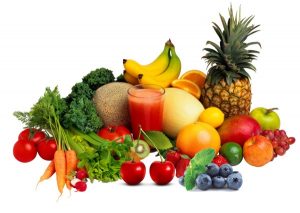MILENNIAL’S EATING HABITS ARE REVOLUTIONIZING FOOD LOGISTICS, June 20
Millennials are changing their eating habits, and the market is rapidly evolving to keep up with all 75 million of them. Whether it be what foods they prefer or how they shop for those foods, the marketplace is drastically changing to meet new demands.
According to a report by the U.S. Department of Agriculture, millennial households are buying more unprocessed foods like fruits and vegetables rather than buying processed foods like pasta and potato chips. Basically, millennials want their food quick, easy, fresh, organic, and non-processed.
Due to millennials desire for fresh, organic food, the preservative rich and canned food demand is decreasing – and grocery stores are suffering and radically changing because of it. Grocery stores are beginning to sell more products on the outer ring of the store while processed, center store products are not keeping pace.
Millennials also want convenience. In fact, 55% of millennials say that convenience is one of the most important factors when they are deciding what foods to buy. To accommodate this demand, grocery delivery is growing in popularity, which in return reduces the amount of impulse buying that happens in grocery stores.
This preference for convenience and quality has also opened up the market to meal kit delivery companies like Blue Apron, and to grocery delivery services like Amazon Fresh and Instacart. Overall, millennials spend more money than any other generation on ready-to-eat foods.
The cold (supply) chain, which makes all of the above possible, has also had to change to keep up with this millennial driven demand. Food Logistics has morphed to prepare delivery trucks for the “last mile”, third party logistics have changed their warehouses and equipment to accommodate an increase in fresh and frozen goods, and manufacturers must comply with new government agencies and regulation to ensure product traceability.
Everything from the food millennials eat to the way that food moves from location to location is rapidly changing.

